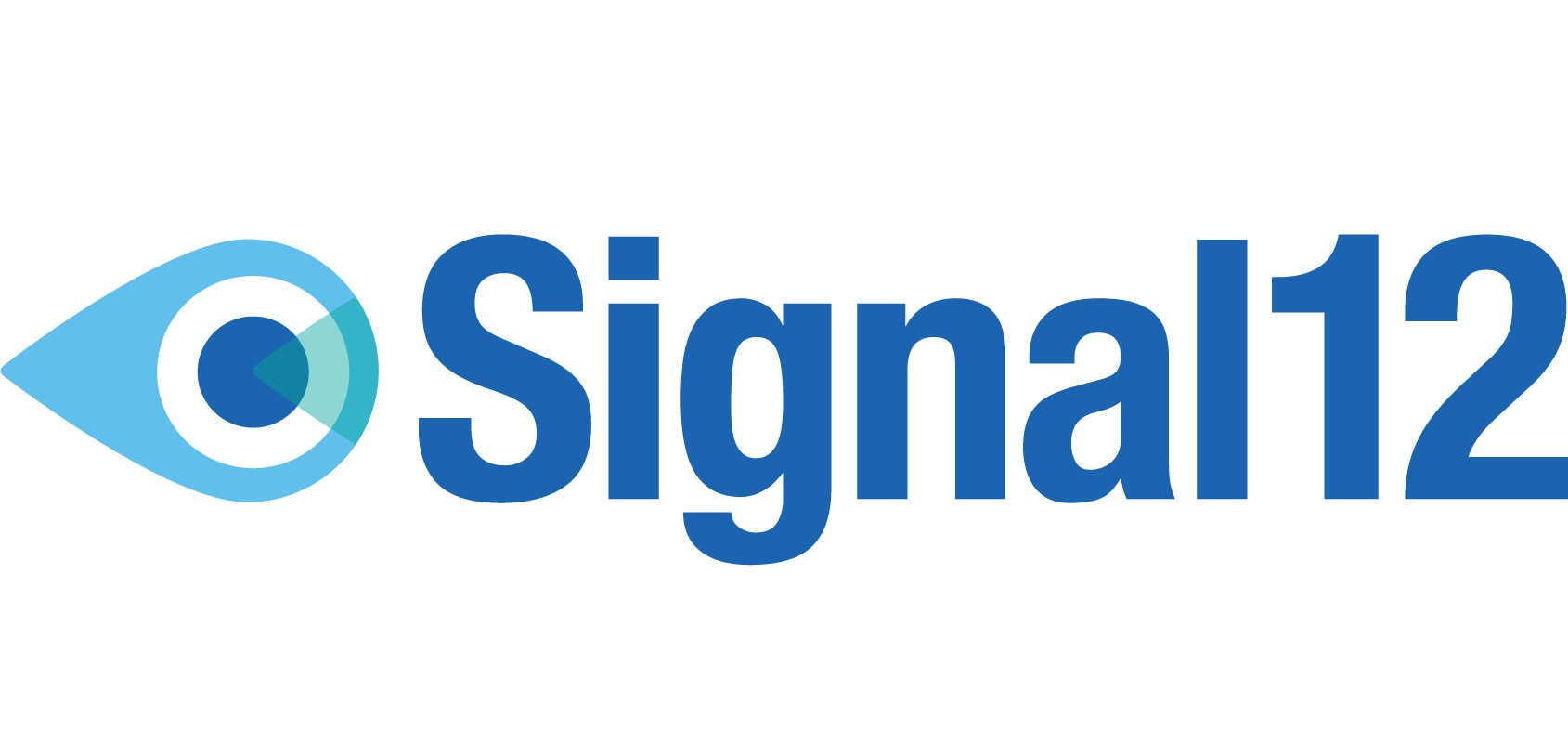Therapeutic Advances in Managing Ocular GVHD: From Topical Treatments to Surgical Interventions
Ocular graft-versus-host disease (oGVHD) transforms the eyes into battlegrounds of immune dysregulation post-allo-HSCT, necessitating robust therapeutic strategies. From topical agents to surgical interventions, management has evolved significantly, yet no single approach universally halts progression. This post surveys the therapeutic landscape, emphasizing evidence-based options and cutting-edge developments as of 2025.
Topical Treatments
First-line therapy targets inflammation and tear deficiency. Artificial tears provide symptomatic relief but fail to address underlying pathology. Topical cyclosporine A (0.05-0.1%) reduces T-cell activation, with a 2023 Cornea study reporting symptom improvement in 62% of oGVHD patients after 6 months. Tacrolimus (0.03%) offers a potent alternative, showing superior efficacy in severe cases, though ocular irritation limits compliance.
Autologous serum eye drops (ASEDs), rich in growth factors like epidermal growth factor (EGF), mimic natural tears. A 2024 meta-analysis in British Journal of Ophthalmology confirmed ASEDs reduced OSDI scores by 40% in moderate oGVHD, though production costs and infection risks remain barriers. Steroid-sparing agents like lifitegrast, an LFA-1 antagonist, mitigate lymphocyte adhesion, with early 2025 trials suggesting efficacy in mild-to-moderate cases.
Advanced Non-Surgical Options
Scleral lenses, gas-permeable devices that vault the cornea, stabilize the tear film and protect the ocular surface. A 2023 multicenter trial found 78% of oGVHD patients reported improved comfort and vision after 3 months. Neurokinin-1 receptor antagonists, targeting substance P-mediated inflammation, are in phase II trials as of 2025, showing promise in reducing conjunctival hyperemia.
Systemic immunosuppression (e.g., corticosteroids, mycophenolate mofetil) often accompanies ocular therapy in chronic GVHD, but ocular-specific delivery minimizes side effects. Intralesional steroid injections for cicatricial conjunctivitis are gaining traction, with case series reporting reduced scarring progression.
Surgical Interventions
Severe oGVHD—marked by corneal ulceration or perforation—demands aggressive measures. Amniotic membrane transplantation (AMT) promotes epithelial healing and suppresses inflammation. A 2024 Investigative Ophthalmology & Visual Science study found AMT resolved 70% of persistent epithelial defects within 4 weeks. For end-stage disease, penetrating keratoplasty restores vision, though graft rejection rates exceed 50% due to immune sensitization.
Challenges and Innovations
Therapeutic success hinges on early intervention, yet access to specialized care varies. Biologics like rituximab (anti-CD20) and tocilizumab (anti-IL-6) are under investigation for refractory oGVHD, with 2025 preliminary data suggesting reduced tear cytokine levels. Gene therapies enhancing regulatory T-cell function are preclinical but hold long-term potential.
The therapeutic arsenal for oGVHD spans conservative to cutting-edge, reflecting its complexity. Ongoing trials and interdisciplinary collaboration will refine these options, aiming for personalized, effective management that preserves vision and quality of life.
References
- Ogawa, Y., Okamoto, S., Wakui, M., et al. (2003). Dry eye after haematopoietic stem cell transplantation: A prospective study. British Journal of Ophthalmology, 87(10), 1265-1270.
- Jacobs, D. S., Rosenthal, P., & Carrasquillo, K. G. (2015). Prosthetic replacement of the ocular surface ecosystem (PROSE) treatment for ocular GVHD. Eye & Contact Lens, 41(5), 256-261.
- Malta, J. B., Soong, H. K., Shtein, R. M., et al. (2010). Treatment of ocular graft-versus-host disease with topical cyclosporine 0.05%. Cornea, 29(12), 1392-1396.
- Robinson, M. R., Lee, S. S., Rubin, B. I., et al. (2004). Topical corticosteroid therapy for cicatricial conjunctivitis associated with chronic graft-versus-host disease. Bone Marrow Transplantation, 33(10), 1031-1035.
- Takahide, K., Parker, P. M., Wu, M., et al. (2007). Use of fluid-ventilated, gas-permeable scleral lens for management of severe ocular surface disease secondary to chronic graft-versus-host disease. Biology of Blood and Marrow Transplantation, 13(9), 1016-1021.
